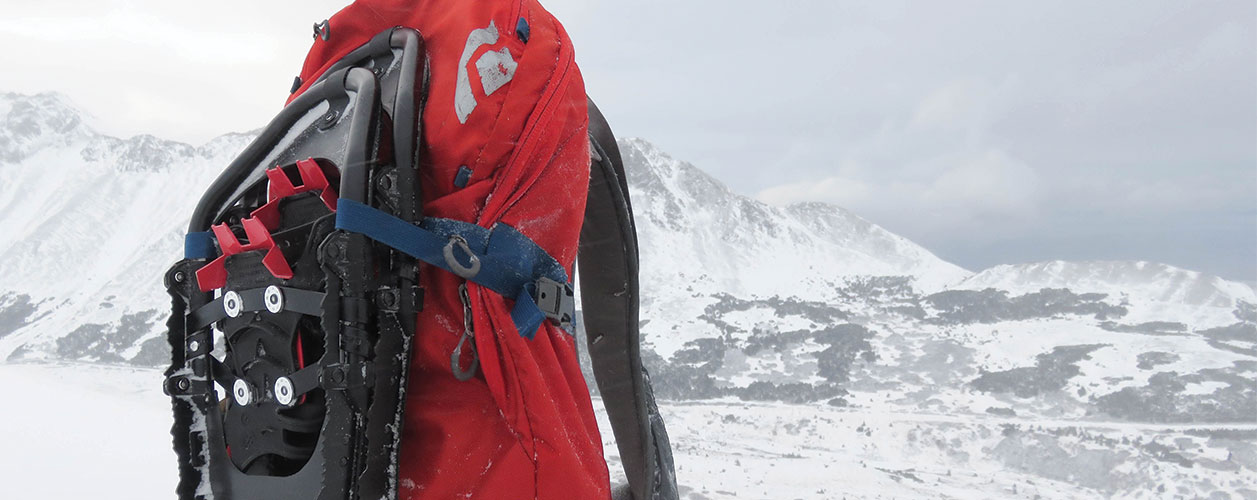ProView- Atlas Spindrift Snowshoes
Get Up to Get DOWN!
For when those couloirs are finally filled in, you’ve shaken the summer rust off your ski legs, and you’re ready to really get after it, the Atlas Spindrift Snowshoes are there for you. When it’s too steep for skins, and too deep to just pop the ski crampons on, these snowshoes will get you up to the big lines.
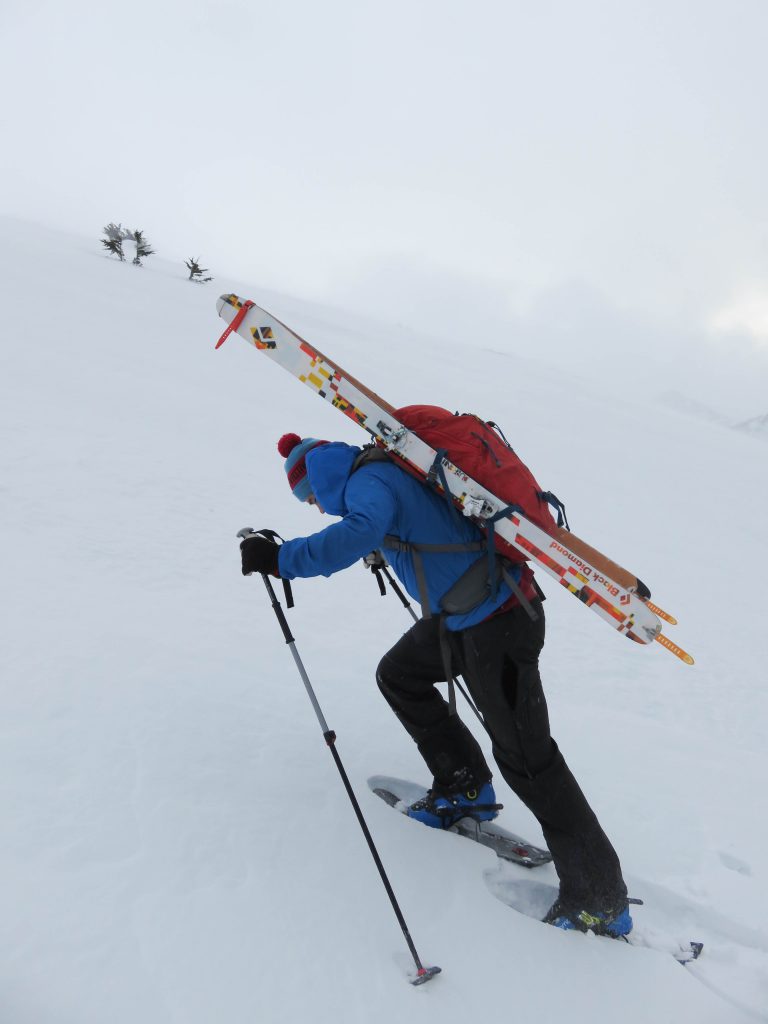
With use in the Chugach Range of Alaska, these snowshoes have been put to the test in temperatures of 0° F, and on slopes up to 35°.
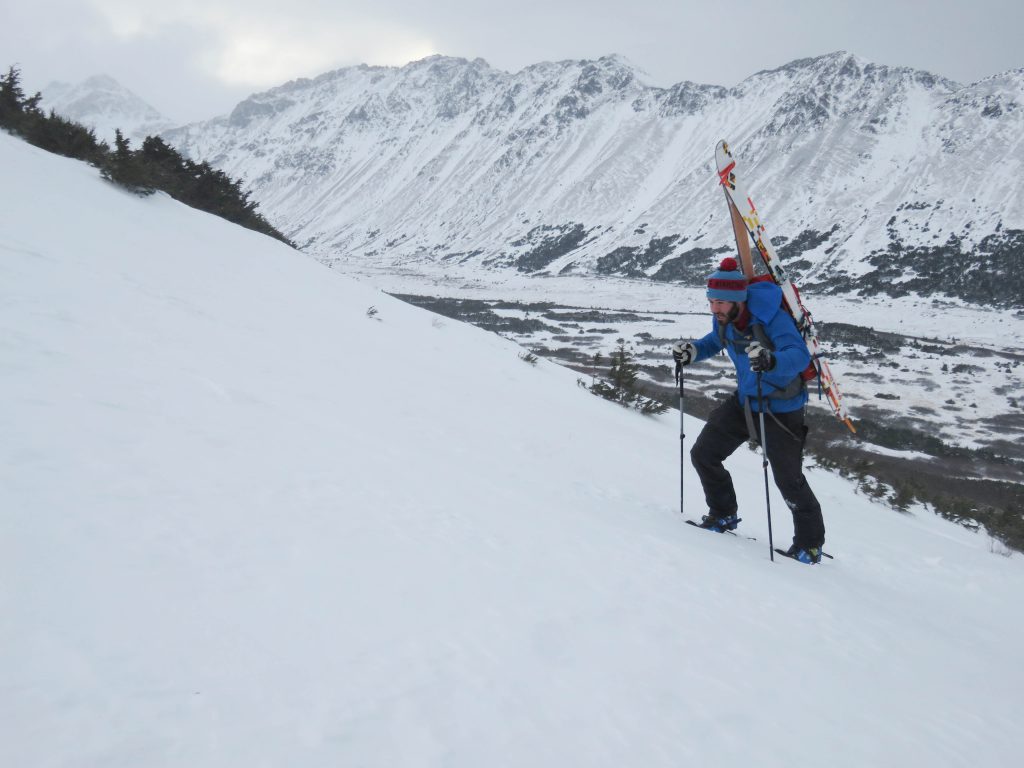
Fit/Comfort
Thanks to Atlas’s new PackFlat™ binding the spindrifts stay snug on the boot, with no adjustment needed throughout the hike. The Z-strap design and light-weight construction make them feel like an extension of your foot; essential in climbing steep coolies.
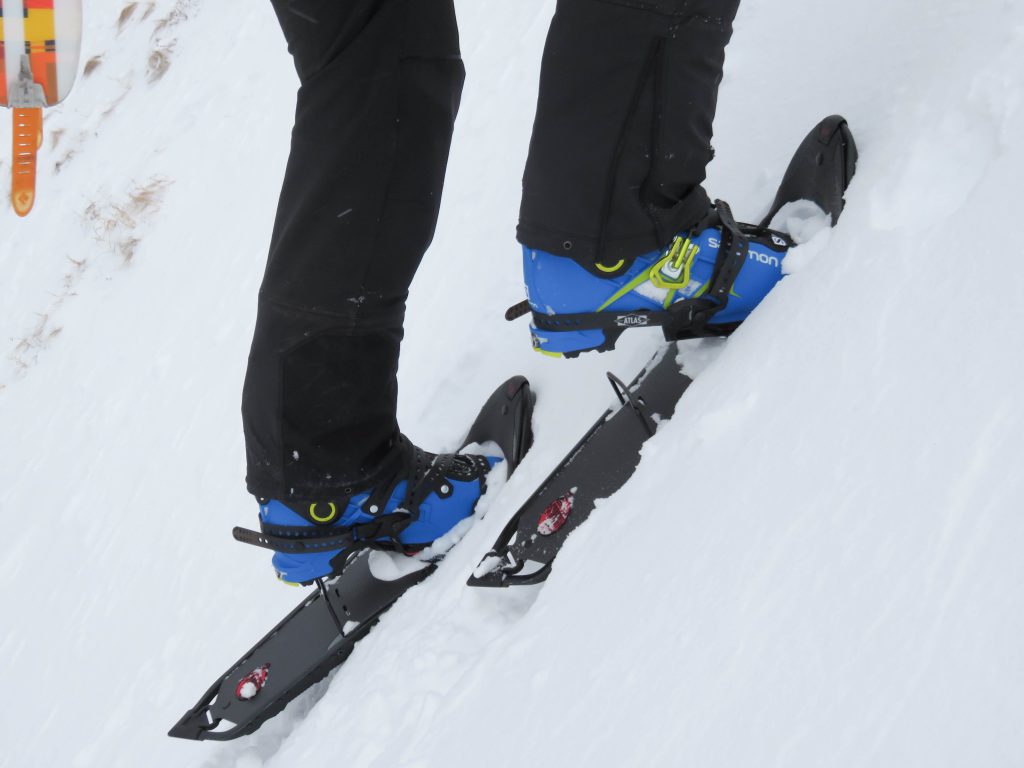
Look/Style
While no one wants to admit it, style is an important component of our gear. Atlas’s design team updated several features of these snowshoes, style being one of them. The red trim on black is a pretty sleek look, but I appreciate that they aren’t trying to catch anyone’s attention with flashy colors.
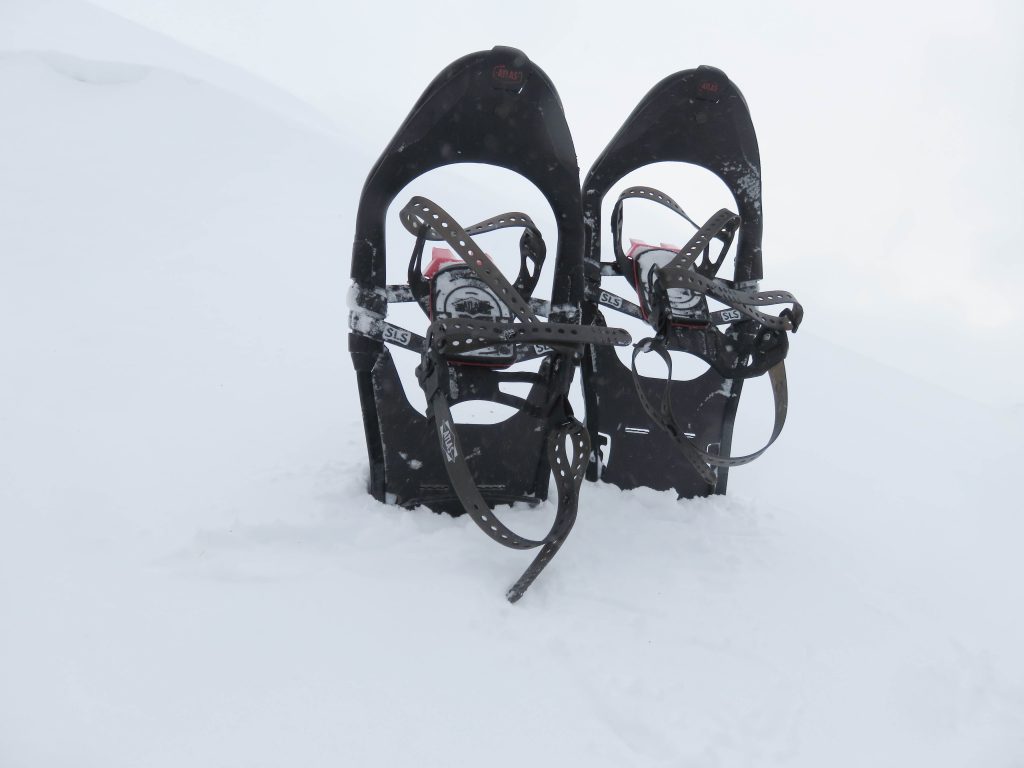
Features
The urethane strap bindings are the first thing I appreciated about these snowshoes, along with the extra utility strap that comes with the Spindrifts. They’re exceptionally easy to replace in the field. That being said, I had no issues with the durability of the straps. Unfortunately, in cold weather the straps are a bit difficult to work with, especially with cold fingers.
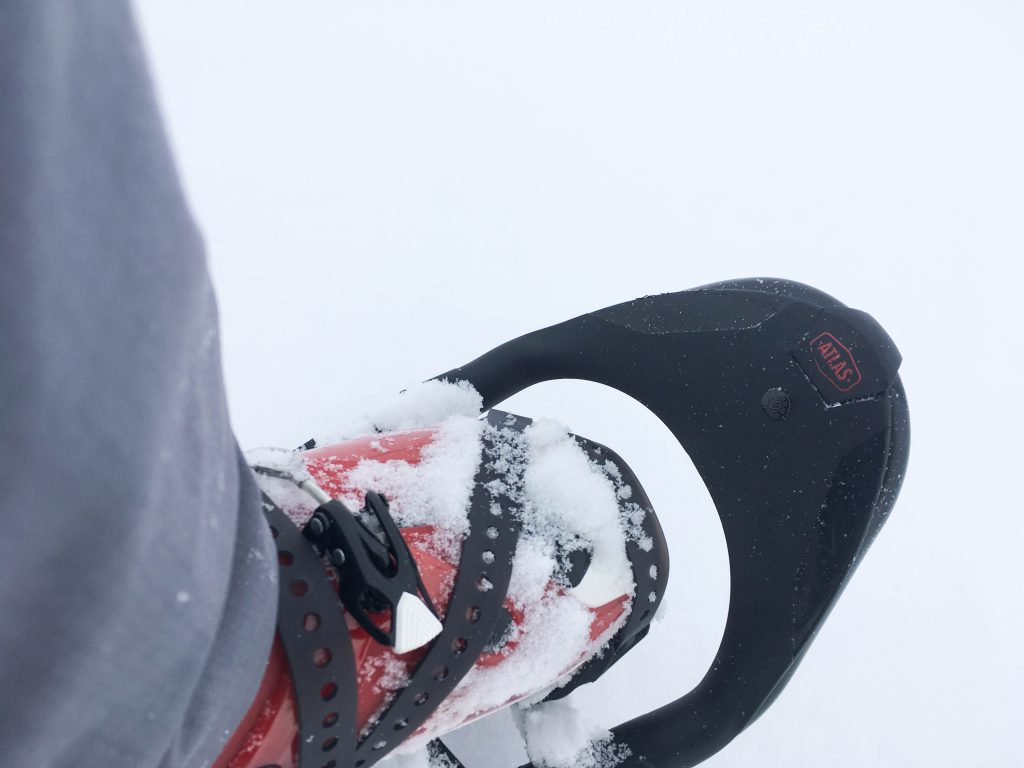
The heel lifters are the second feature that caught my attention during use. They’re easy to put up and down, and on snowshoes built for steep ascents, efficient lifters are an absolute requirement. If you’ve ever tried toe pointing up a hill, you know how quickly your calves burn out. These heel lifters give a much-needed assist on big climbs.
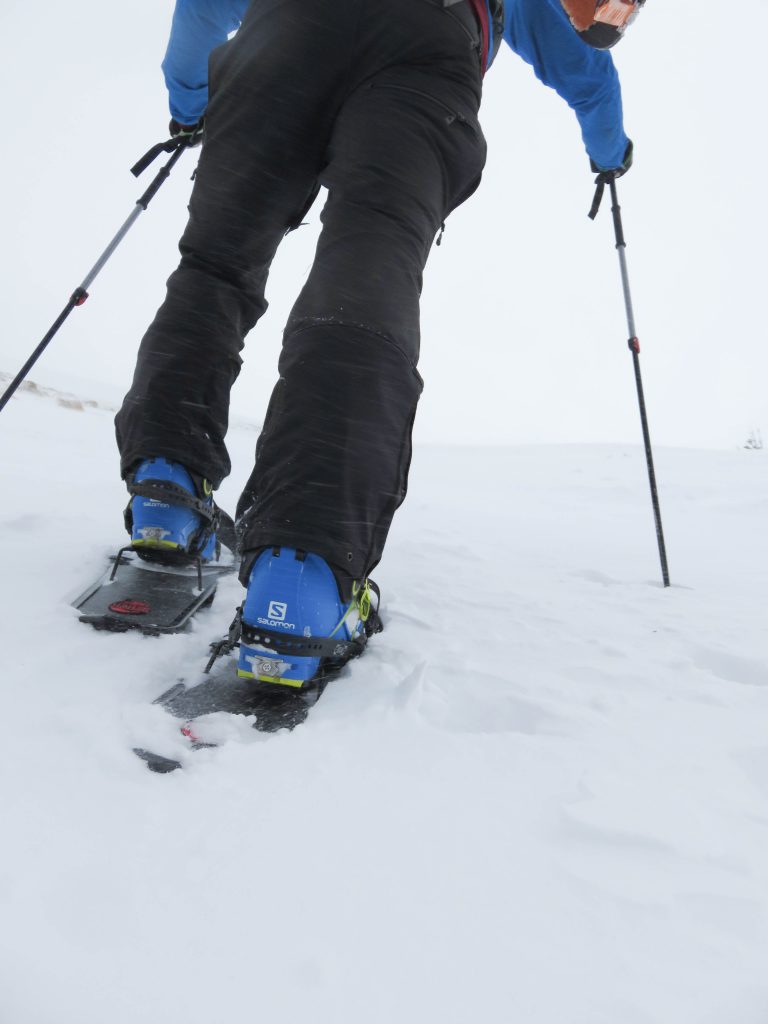
Weight/Packability
The Spindrift 25’s weigh in at 3.8 pounds per pair, but mind Atlas’s size chart when buying them. If you and your gear weigh upwards of 180, go for the heavier Spindrift 30’s. Sure, it’s an extra 0.4 pounds, but the extra floatation will help save your energy for when you want it on the descent. When its time to strap them to your pack and charge back down the mountain, they easily attach to your pack, allowing you to keep the weight of your pack close to your body.
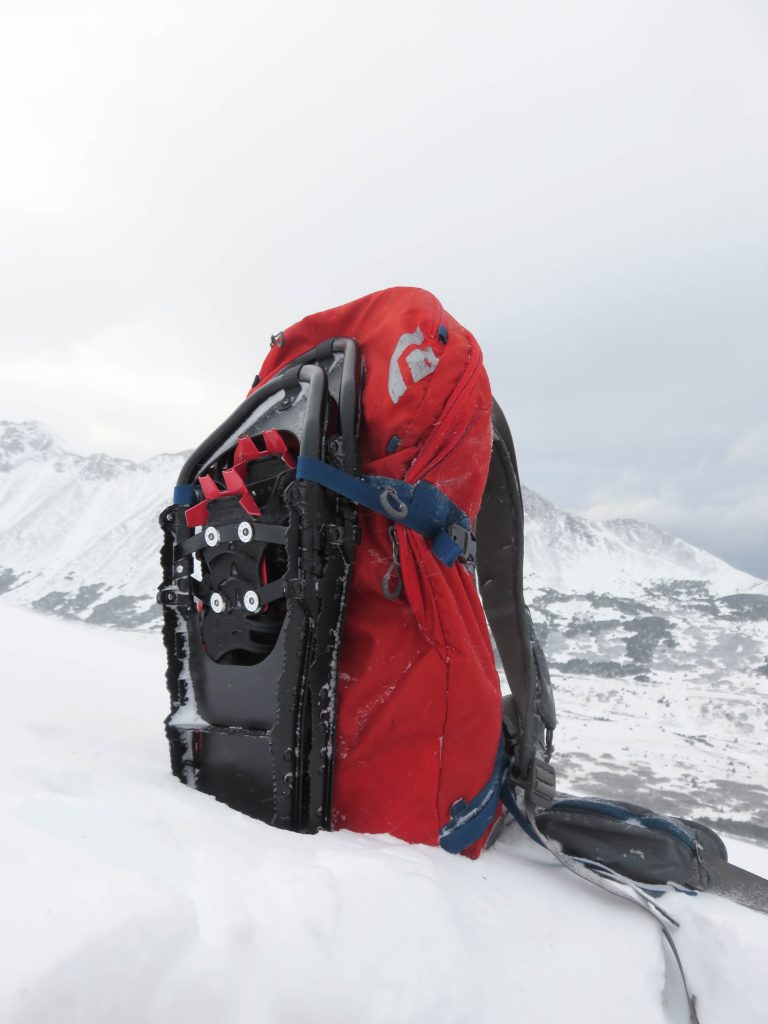
Function/Performance
The Spindrifts are designed for speed and performance on technical terrain. To that end, they do exceptionally well. However, (on low-density snow) they don’t always provide as much floatation as you need. This is a trade-off you have to accept for their lightweight build and small profile, and they’re certainly a better option than boot packing.
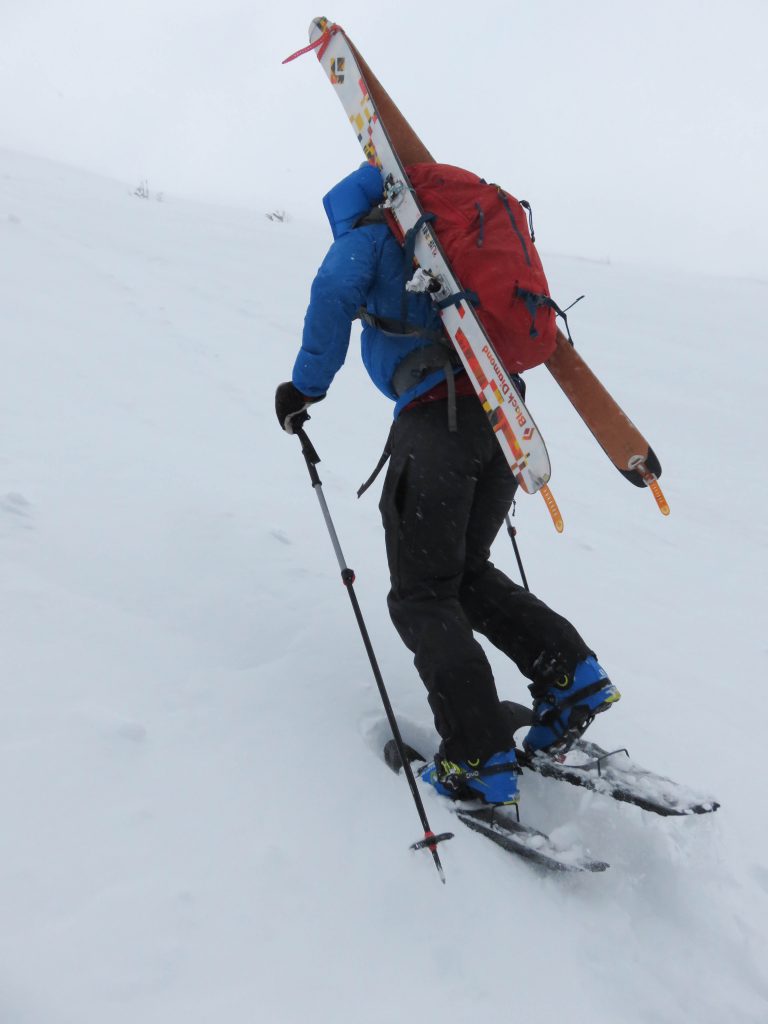
Durability/Construction
So far, so good. Though it hasn’t been a full season, the Spindrifts have held up incredibly well and Alaska isn’t known for going easy on its people or their gear.
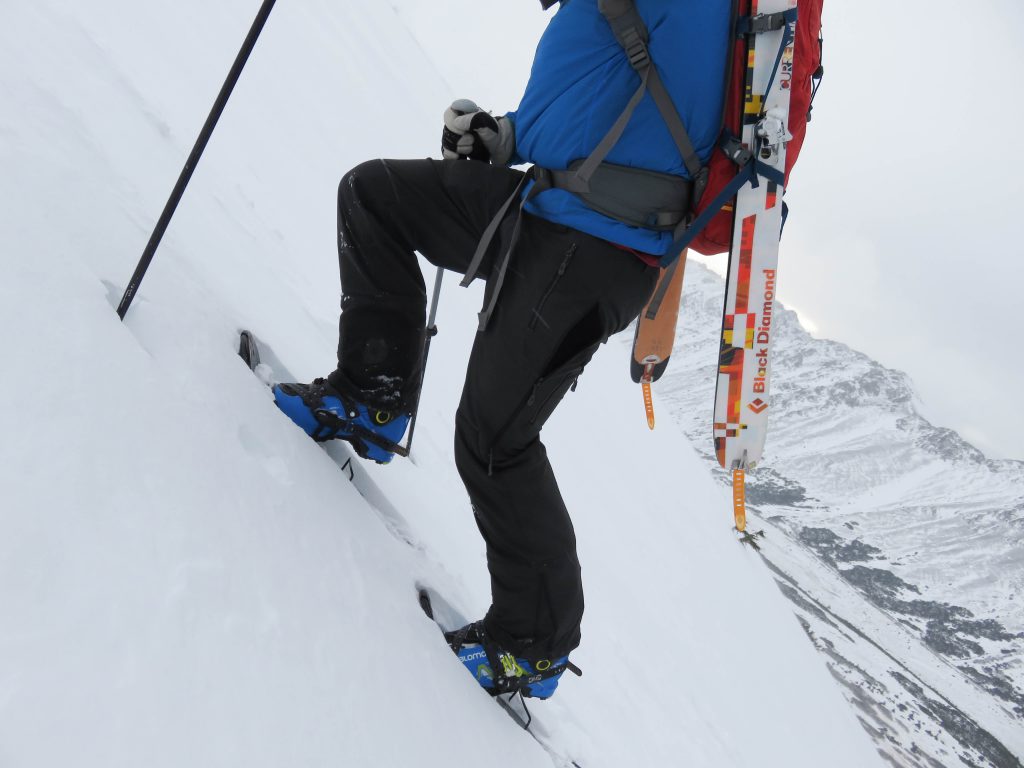
The Final Word
The Spindrift’s do exceptionally well in most conditions. Given spring temps on days you’re most likely to be climbing steep couloirs, they are easy to strap on, feel great underfoot, and keep you from post-holing up to your waist as you might on a boot pack. When the temps drop, so does the functionality. The Atlas’s urethane straps become harder to adjust with a gloved hand than you might expect. Overall, I would highly recommend this product to the backcountry skier or split boarder for great traction on steep climbs.
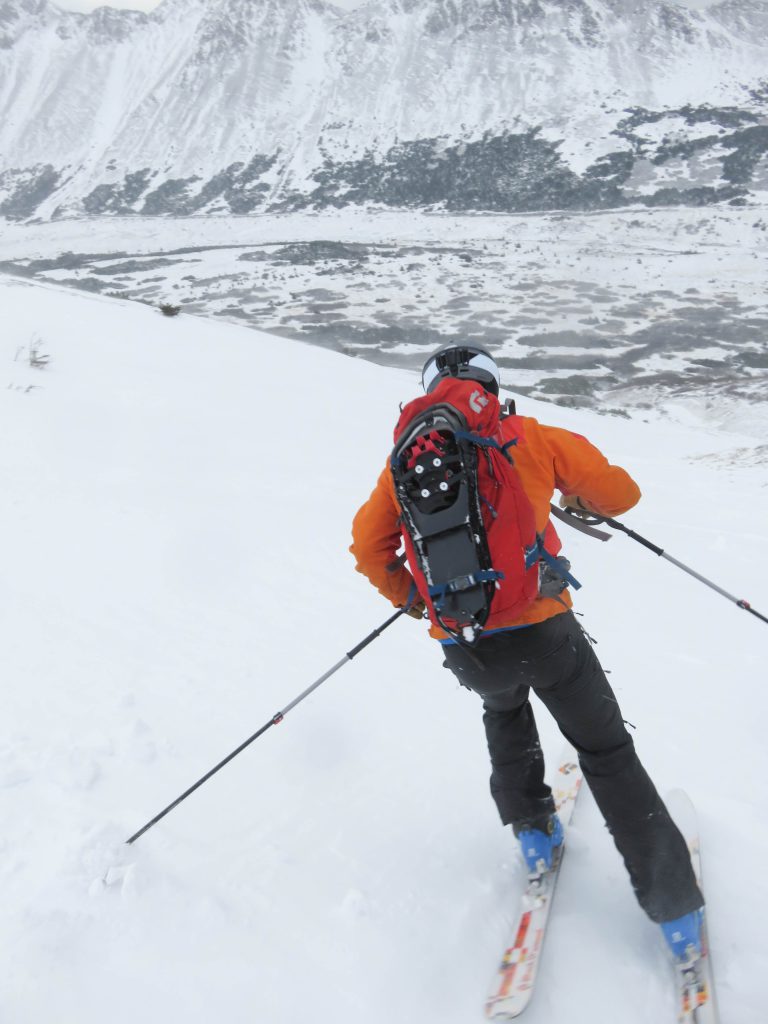
Shop the Atlas Snowshoes on Outdoor Prolink. Not a member? Apply today!
Dirtbag Dreamer, Logan Pitney, spends his summers as a guide (ice climbing, glacier travel, rafting) in the Alaskan wilderness of Wrangell-St. Elias NP. He chases snow and big mountain lines through the winter. If he’s not on skis you’ll likely find him climbing rock or ice.

